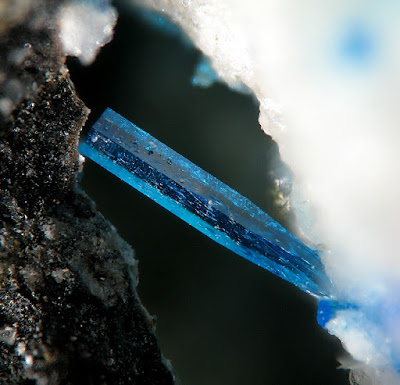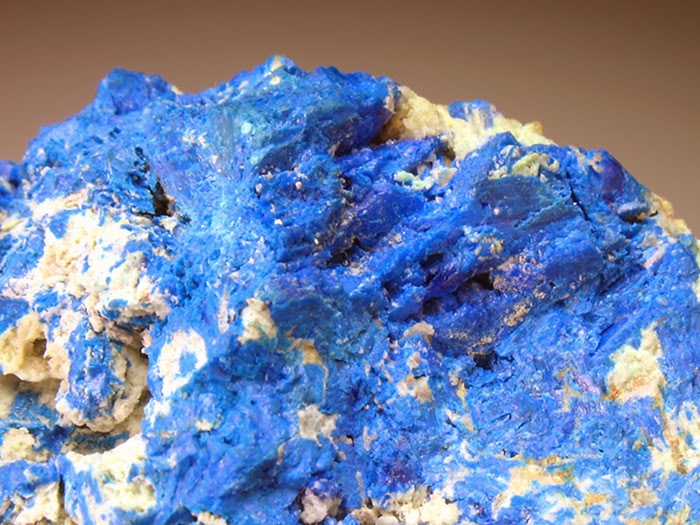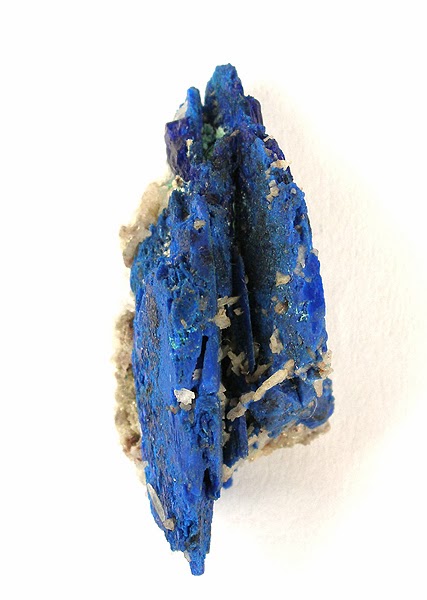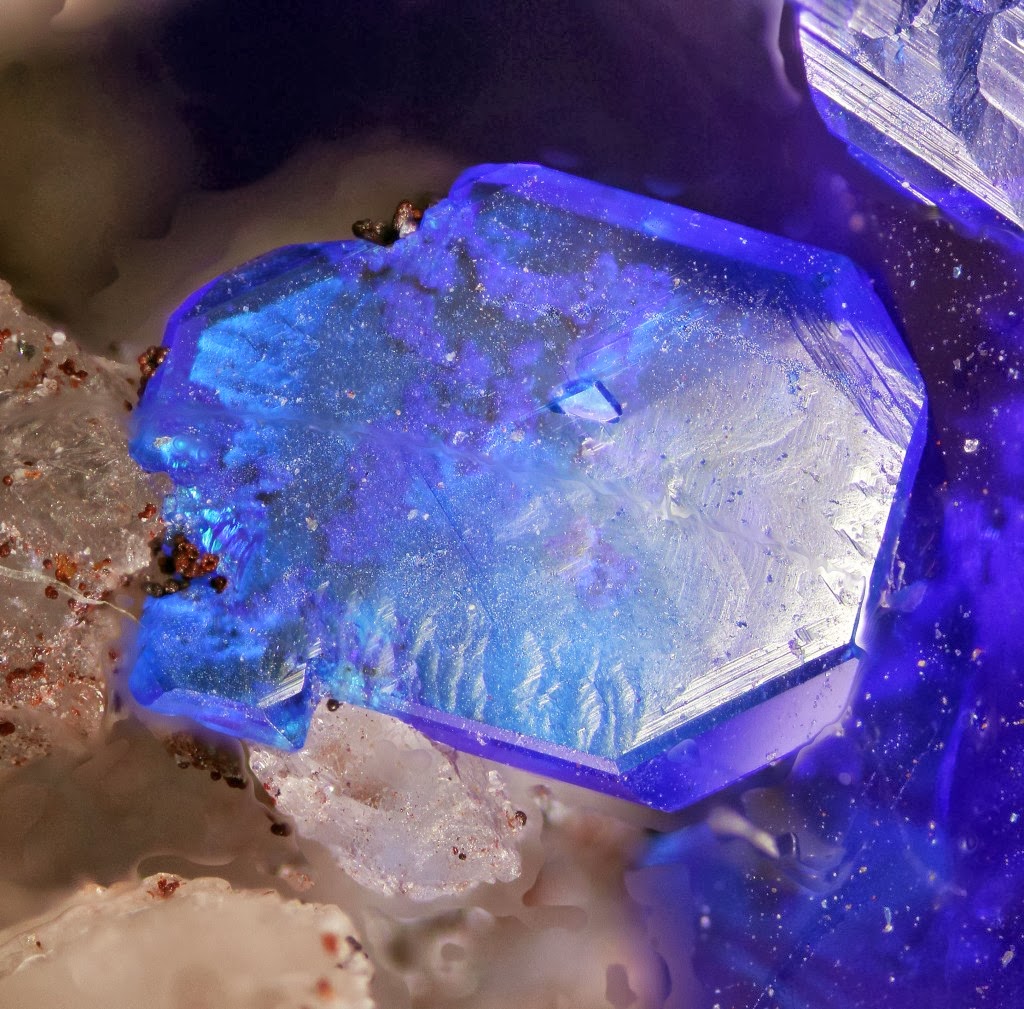
Chemical Formula: Pb2CuCl2(OH)4
Locality: Higher Pitts, Mendip Hills, Somersetshire, England.
Name Origin: From the Greek dia, “difference” and the mineral Boleite.
Diaboleite is a blue-colored mineral with formula Pb2CuCl2(OH)4. It was discovered in England in 1923 and named diaboleite, from the Greek word διά and boleite, meaning “distinct from boleite”. The mineral has since been found in a number of countries.
Description
Diaboleite is deep blue in color and pale blue in transmitted light. The mineral occurs as tabular crystals up to 2 cm (0.8 in) in size, as subparallel aggregates, or it has massive habit. Vicinal forms of the tabular crystals have a square or octagonal outline and rarely exhibit pyramidal hemihedralism.
Physical Properties of Diaboleite
Cleavage: {001} Perfect
Color: Dark blue, Bright sky blue.
Density: 5.48 – 6.41, Average = 5.94
Diaphaneity: Transparent to Translucent
Fracture: Conchoidal – Fractures developed in brittle materials characterized by smoothly curving surfaces, (e.g. quartz).
Hardness: 2.5 – Finger Nail
Luster: Adamantine
Streak: blue
Photos :













